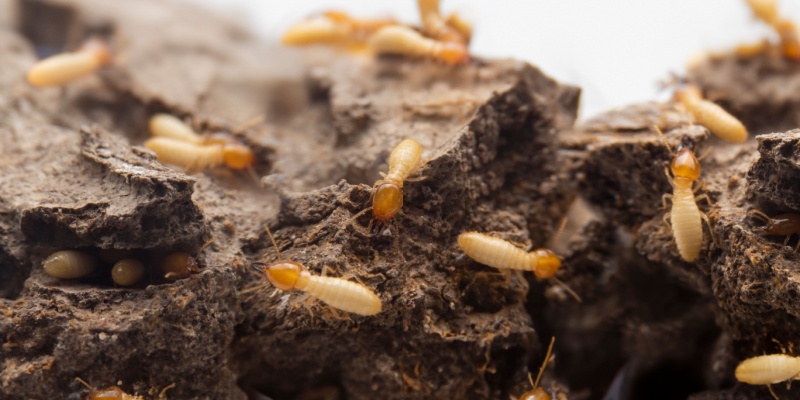Termites are destructive pests that can cause severe damage to your home if left unchecked. If you suspect a termite infestation, it’s crucial to take immediate action. This guide will walk you through the steps to get rid of termites effectively and prevent future infestations.
Understanding Termite Behavior
Termites are social insects that live in colonies. They feed on cellulose found in wood and other plant materials. The most common types of termites that infest homes are subterranean termites, which build colonies in the soil, and drywood termites, which infest wood directly.
Signs of a Termite Infestation
Early detection is key to minimizing damage. Common signs of a termite infestation include:
- Mud Tubes: Subterranean termites build mud tubes to travel between their colony and food sources.
- Swarmers: Winged termites, or swarmers, emerge in large numbers to start new colonies. Their discarded wings are often found near windowsills or light sources.
- Wood Damage: Termites eat wood from the inside out, leaving it hollow and weakened. Damaged wood may sound hollow when tapped or show signs of blistering.
- Frass: Drywood termites produce small, pellet-like droppings called frass, often found near infested wood.
Steps to Eliminate Termites
- Professional Inspection
- Hire an Expert: Contact a licensed termite exterminator to conduct a thorough inspection of your property. They can identify the type of termite and the extent of the infestation.
- Choose a Treatment Plan
- Bait Systems: These involve placing bait stations around your property. Termites consume the bait and carry it back to the colony, eventually killing the entire colony.
- Liquid Treatments: These involve applying liquid termiticides to the soil around your home. The termiticide creates a barrier that kills termites on contact and prevents them from entering your home.
- Fumigation: For severe infestations, fumigation may be necessary. This involves sealing your home and filling it with a gas that kills termites. Fumigation is highly effective but requires you to vacate your home for a few days.
- Repairing Damage
- Assess Structural Damage: After the termites are eliminated, assess the damage to your home. Some repairs may be cosmetic, while others could be structural.
- Hire Professionals: Depending on the extent of the damage, you may need to hire carpenters or contractors to repair or replace damaged wood.
- Prevent Future Infestations
- Regular Inspections: Schedule annual termite inspections with a professional to catch any new infestations early.
- Moisture Control: Termites are attracted to moisture. Ensure your home has proper drainage and ventilation, and fix any leaks promptly.
- Wood Treatments: Consider treating exposed wood with termiticides or using pressure-treated wood for any new constructions or repairs.
DIY vs. Professional Termite Control
While there are DIY termite control products available, they are often less effective than professional treatments. Termites can cause significant damage before you even realize you have a problem, and professional exterminators have the expertise and tools to eradicate them thoroughly.
Getting rid of a termite problem requires swift action and a comprehensive approach. By understanding termite behavior, recognizing the signs of an infestation, and working with a professional exterminator, you can protect your home from these destructive pests. Regular inspections and preventive measures are essential to keep termites at bay and ensure the structural integrity of your home.

